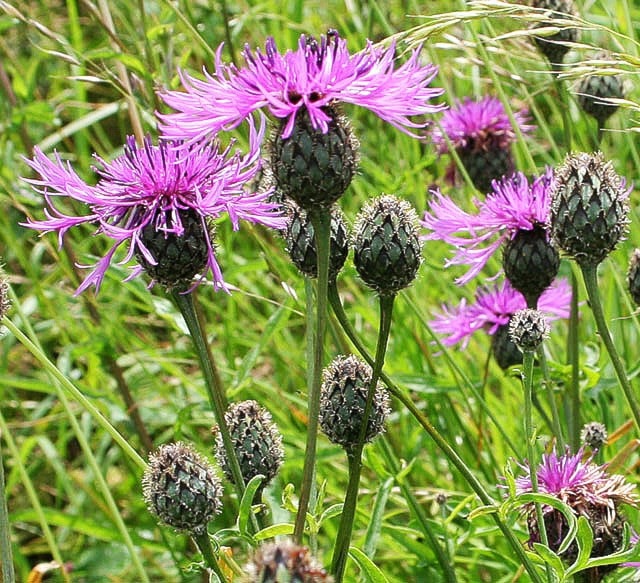Invasive Species Action Month has just ended, but British Columbians are being asked to be aware of the issue throughout the year, and work together to stop the environmental damage and economic losses caused by aquatic and terrestrial invasive species.
“It is crucial that British Columbians continue to stop invasive species from spreading in the water, in gardens and agriculture, through firewood, and by keeping unwanted pets out of the wild,” says Gail Wallin, executive director of the Invasive Species Council of BC. “Summer is just around the corner, and with people making plans to spend more time outdoors in nature, it’s the ideal time to take action.”
It is estimated that in B.C. alone, just six invasive plants caused an estimated combined damage of at least $65 million in 2008. With further spread, the impact will more than double to $139 million by 2020.
In the Thompson-Nicola Regional District (TNRD), plants such as common knapweed, hounds’ tongue, dalmatian toadflax, leafy spurge, and Canada thistle displace native vegetation and can cause considerable economic and environmental damage. They disrupt natural ecosystems, reduce biodiversity, increase soil erosion, and alter soil chemistry. They can also pose a health risk to humans.
Jamie Vieira, the TNRD’s manager of environmental services, says the Regional District spends $250,000 a year on a program to control noxious weeds. This includes making bio-control insects available to private landowners to help them control weeds.
“It’s a way to treat the problem without herbicides,” says Vieira. “The insects are from the same area of the world that the invasive plants are originally from. We go out and collect them, then re-distribute them.” The fact that the insects are “host specific” means they will not attack native species, or even other weedy species.
The insects target different parts of an invasive plant in order to destroy it: mining the roots and stems, eating the seeds, or defoliating the leaves. Ideal release sites are large infestations of a single species on uncrossed range land. “We’re trying to hit the plants from all angles,” says Vieira.
The program also helps raise public awareness of invasive plant concerns in the region, and surveys invasive plant populations. A recent grant of $20,000 from the provincial government will assist with these efforts.
“Our communities and economy rely heavily on ranching and agriculture,” says Fraser-Nicola MLA Jackie Tegart, “so it’s important that these invasive species are not allowed to become established.”
Vieira says that most of the invasive species found in the TNRD were introduced to the region over the past 50 to 100 years. “Someone thought they were pretty in their native country, and brought them over here.”
All rural landowners, particularly farmers and ranchers, can apply to take part in the TNRD’s bio-control program. Anyone who would like to find out more can visit the website at www.tnrd.ca, or call (250) 377-8673. However, everyone should be aware of, and on the lookout for, invasive plants as they travel throughout the TNRD.
“We encourage people to learn how to get involved in preventing invasive species from taking hold,” says Wallin, “and how to keep them from damaging British Columbia’s environment, economy, and our society.”
